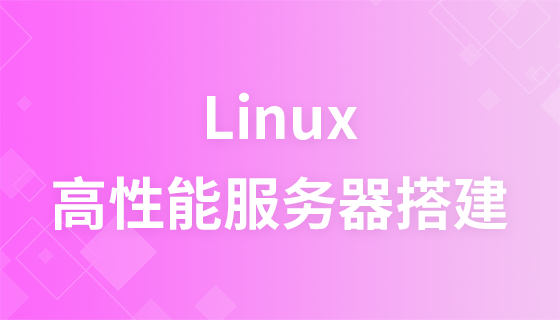
Course Advanced 43697
Course Introduction:"High-Performance Linux Server Building Video Tutorial" introduces the installation and configuration of the system, the introduction of the editor, the operation of files, the establishment of the lnmp environment and the installation and use of Redis.
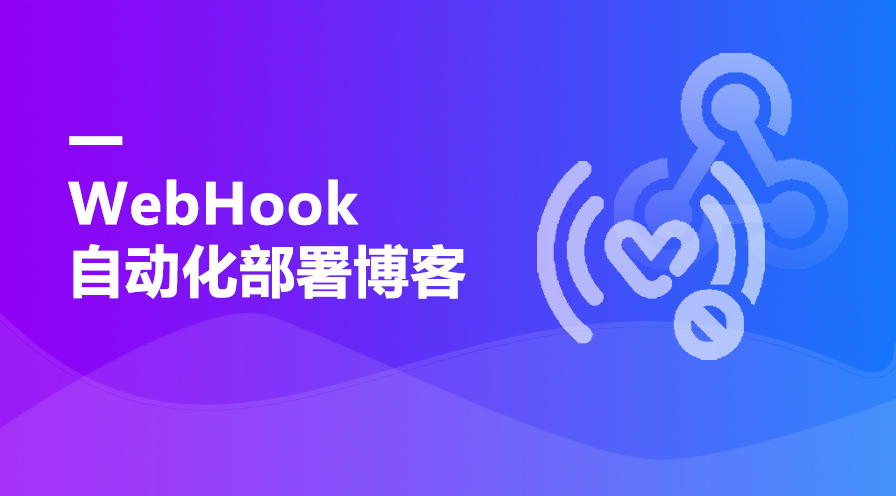
Course Intermediate 4895
Course Introduction:Use Github, Gitee, and Codechina to maintain website code, because these code libraries can support configuring webhooks. Linux cloud server (public IP); install Git, install Nginx, install PHP, and install FTP. Detailed tutorial document: https://mp.weixin.qq.com/s/VtTHUfyiITNSoGy052jkXQ
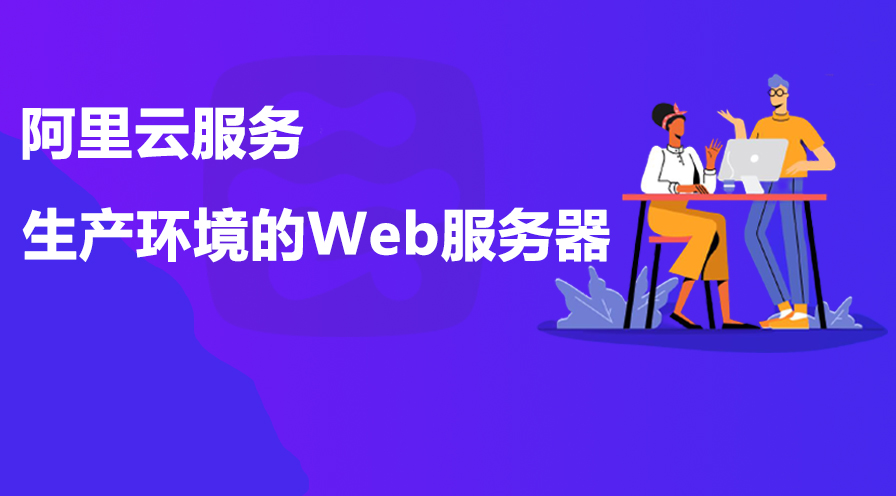
Course Intermediate 5776
Course Introduction:Goal: Deploy the best environment for web projects (you can use Laravel+Redis+Memcache+Composer+Apache). Requirements: All software in the environment deployment is the highest stable version currently available. Reality: No Window or virtual machine installation is required. Cloud server (Alibaba Cloud) is used for deployment and installation. Using source code package installation is not only to build a perfect environment, but also very helpful for learning. You can have a deep understanding of your own environment architecture and gain an overall understanding of development. Have a deeper understanding of software such as Apache, MySQL and PHP.

Course Elementary 3322
Course Introduction:If you want to build a website, you can only access the Pagoda panel by opening port 8888. When opening port 8888, you should also remember to open port 80 (which is the default port of the WEB server). It is recommended to open another port 443 (this is based on HTTPS). The default port of the website), open these ports and your website can be accessed normally; this course is reproduced from Bilibili: https://www.bilibili.com/video/BV1fJ41147vV
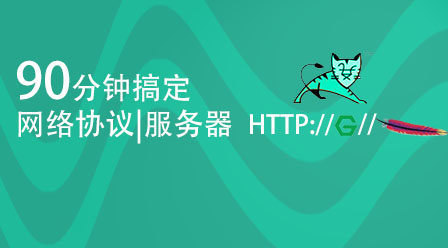
Course Elementary 7856
Course Introduction:HTTP is a simple request-response protocol that usually runs on top of TCP. It specifies what kind of messages the client may send to the server and what kind of response it gets. Web servers generally refer to website servers. Currently, the three most mainstream web servers are Apache, Nginx, and IIS.
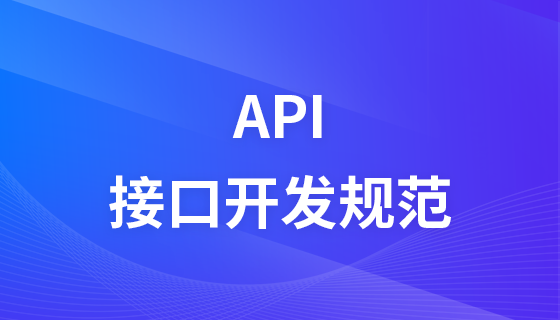
Course Intermediate 11664
Course Introduction:RESTful is a resource-oriented software architecture that can reduce development complexity and improve system scalability. Because RESTful adopts resource-oriented interface design and abstract operations, it simplifies developers' bad designs and also makes maximum use of the original application protocol design concept of HTTP.

Course Elementary 13742
Course Introduction:Scala Tutorial Scala is a multi-paradigm programming language, designed to integrate various features of object-oriented programming and functional programming.

Course Elementary 82249
Course Introduction:"CSS Online Manual" is the official CSS online reference manual. This CSS online development manual contains various CSS properties, definitions, usage methods, example operations, etc. It is an indispensable online query manual for WEB programming learners and developers! CSS: Cascading Style Sheets (English full name: Cascading Style Sheets) is an application used to express HTML (Standard Universal Markup Language).

Course Elementary 13130
Course Introduction:SVG is a markup language for vector graphics in HTML5. It maintains powerful drawing capabilities and at the same time has a very high-end interface to operate graphics by directly operating Dom nodes. This "SVG Tutorial" is intended to allow students to master the SVG language and some of its corresponding APIs, combined with the knowledge of 2D drawing, so that students can render and control complex graphics on the page.

Course Elementary 24576
Course Introduction:In the "AngularJS Chinese Reference Manual", AngularJS extends HTML with new attributes and expressions. AngularJS can build a single page application (SPAs: Single Page Applications). AngularJS is very easy to learn.

Course Elementary 27435
Course Introduction:Go is a new language, a concurrent, garbage-collected, fast-compiled language. It can compile a large Go program in a few seconds on a single computer. Go provides a model for software construction that makes dependency analysis easier and avoids most C-style include files and library headers. Go is a statically typed language, and its type system has no hierarchy. Therefore users do not need to spend time defining relationships between types, which feels more lightweight than typical object-oriented languages. Go is a completely garbage-collected language and provides basic support for concurrent execution and communication. By its design, Go is intended to provide a method for constructing system software on multi-core machines.
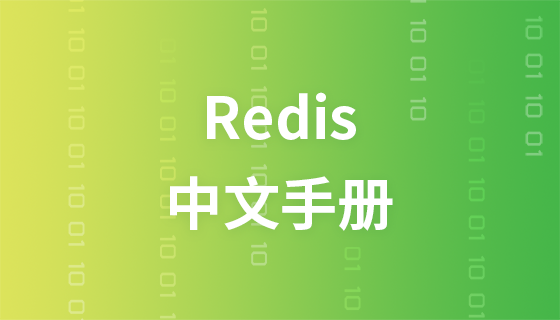
Course Elementary 57880
Course Introduction:"Redis Command Operation Chinese Manual" is the latest official Redis online reference manual. Redis is an in-memory cache database. This manual contains various Redis operation commands with Chinese explanations. You will learn to master the efficient use of Redis in the data server. It is a must-have online query for Redis learning and users. Refer to the documentation tutorial!
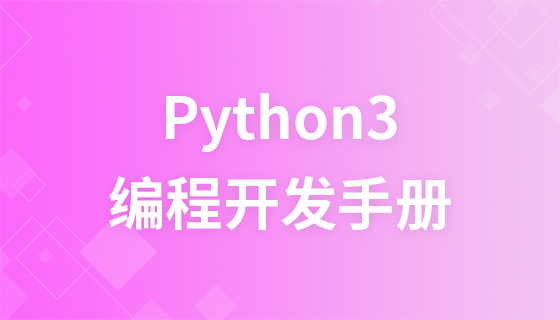
Course Elementary 87563
Course Introduction:"Python 3 Tutorial" The 3.0 version of Python is often called Python 3000, or Py3k for short. This is a major upgrade compared to earlier versions of Python. In order not to bring too much burden, Python 3.0 was not designed with backward compatibility in mind. Python language is very simple and easy to use for beginners and to complete common tasks.
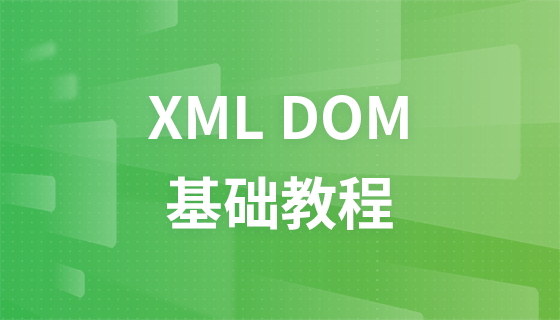
Course Elementary 21039
Course Introduction:"XML DOM Tutorial" XML DOM defines a standard method for accessing and manipulating XML documents. DOM treats an XML document as a tree structure, with leaves defined as nodes. If you want to use XML, you need to understand the XML DOM.
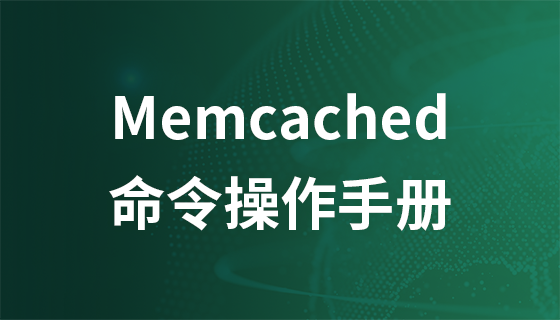
Course Elementary 17780
Course Introduction:"Memcached Command Operation Manual" is the latest official Memcached online reference manual. In this Memcached document, various Memcached operation commands are provided with Chinese explanations. You will learn how to use Memcached to reduce database load and improve performance. It is a must-have online query reference document tutorial for Memcached learners and users!
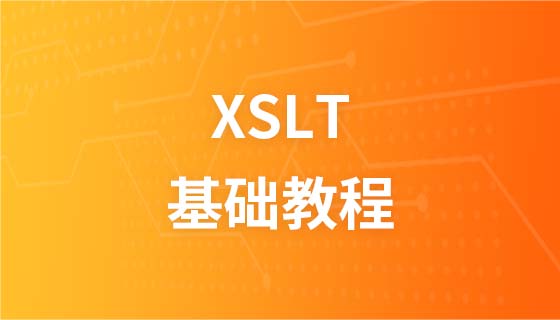
Course Elementary 9828
Course Introduction:"XSLT Tutorial" XSL refers to the EXtensible Stylesheet Language (EXtensible Stylesheet Language), which is a stylesheet language for XML documents. XSLT refers to XSL Transformation. In this tutorial, you will learn how to use XSLT to transform an XML document into another document, such as XHTML.
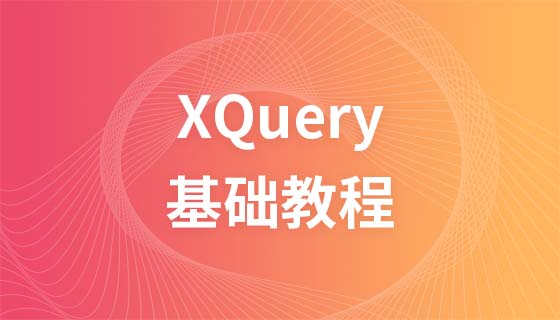
Course Elementary 9158
Course Introduction:"XQuery Tutorial" XQuery is to XML what SQL is to databases. XQuery is designed to query XML data.
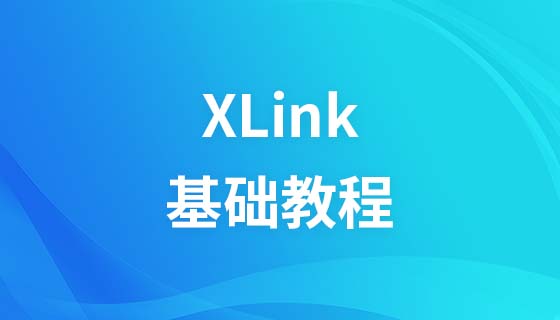
Course Elementary 8598
Course Introduction:XLink defines a standard way to create hyperlinks in XML documents. XPointer allows these hyperlinks to point to more specific parts (fragments) in the XML document.
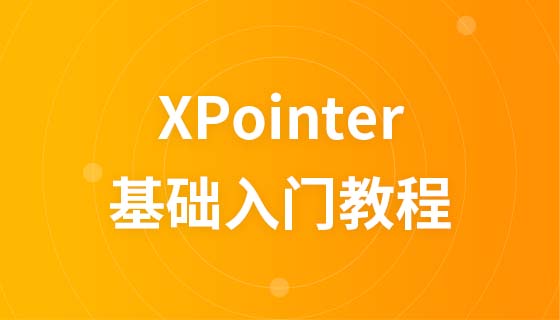
Course Elementary 8218
Course Introduction:XLink and the XPointer Tutorial XLink defines a standard way to create hyperlinks in XML documents. XPointer allows these hyperlinks to point to more specific parts (fragments) in the XML document. Start learning XLink and XPointer now! Table of Contents Introduction to XLink and XPointer This chapter explains the concepts of XLink and XPointer. XLink and XPointer syntax XLink and XPointer syntax
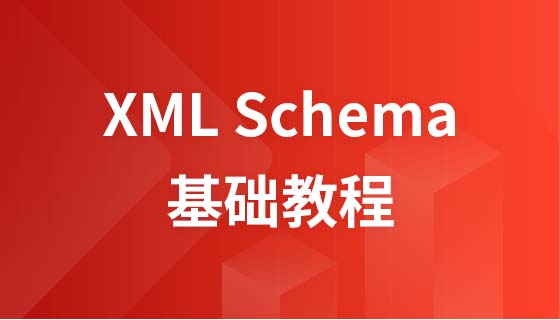
Course Elementary 10983
Course Introduction:"XML Schema Tutorial" XML Schema describes the structure of an XML document. In this tutorial, you'll learn how to read and create the XML Schema language in your applications, why XML Schema is more powerful than DTDs, and how to use XML Schema in your applications. Start learning XML Schema now!